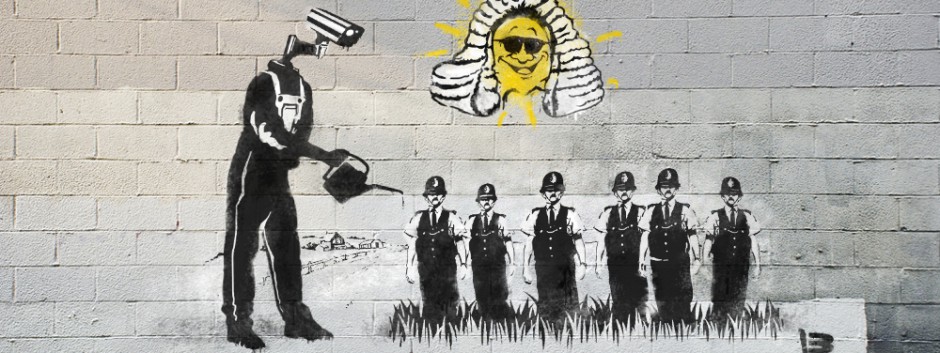1. “”When you’re designed against, you know it””, says Ocean Howell, who teaches architectural history at the University of Oregon, speaking about anti-skateboarding designs. “Other people might not see it, but you will. The message is clear; you are not a member of the public, at least not of the public that is welcome here. “The same is true of all defensive architecture. The psychological effect is devastating.”
This quote relates back the the article on a whole in many ways. One of which is that Andreou speaks about the negative effects of the defensive architecture in more ways than one. He repeatedly talks about the way in which people specifically designing things to keep the homeless out of sight is highly insensitive and a by product of commercial control of public spaces. On the other hand though, I don’t feel that this poses a real issue in society. Keeping a dirty, often alcoholic or drug using individual away from your business is something that most business owners would opt to do. It is the businesses right to design anything that they own in any way that they see fit. The issue that I see with this concept is that, places that should be conducive to public traffic, are made unattractive due to these odd and in hospitable design choices by the city. I feel that there are much more elegant ways to accomplish the same goals.
2. While I do feel that I have no real idea as to what was being spoken about in the Tzara piece, I can give the question posed my best effort. That question being, “In what way can an artwork be made to destroy or call for a destruction of something in the world that is hostile to life?”. I feel that art can be effective in destroying or calling for the destruction of something. Look at the type of artwork that has been published by he government over the years. War propaganda was a staple of almost all American wars. Look at the now world famous, “Join or Die Piece” by Benjamin Franklin. While it wasn’t necessarily calling for the destruction of something, the social effect is very clear and even quantifiable in a way. Many kinds of artwork have huge social impact, and can definitely aid in the destruction of something if “angled” properly.
3. The Turkle piece was mildly interesting, although somewhat boring. It felt like a regurgitation of generally accepted ideas, which were maybe progressive in 2004 when the piece was written, but seem dated now. Anyway, an interesting point presents itself towards the beginning of piece, when Turkle speaks about the student that she had that compared the concept of a Freudian slip to that of an information-processing error. I found this concept very interesting, and also saw a direct link to the piece that we read recently titled, “The Vital Paths”, by Nicholas Carr. Carr speaks about the way in which once people began to refer to the computer as a “thinking machine”, people then began to refer to the brain itself as a machine. Using terms like “hardwired” to discuss brain functions. This all relates to what Turkle is speaking about, which is the way in which the computer has changed not only the way that we carryout functions in life, but the very way that we think about things and process them on a mental level.



